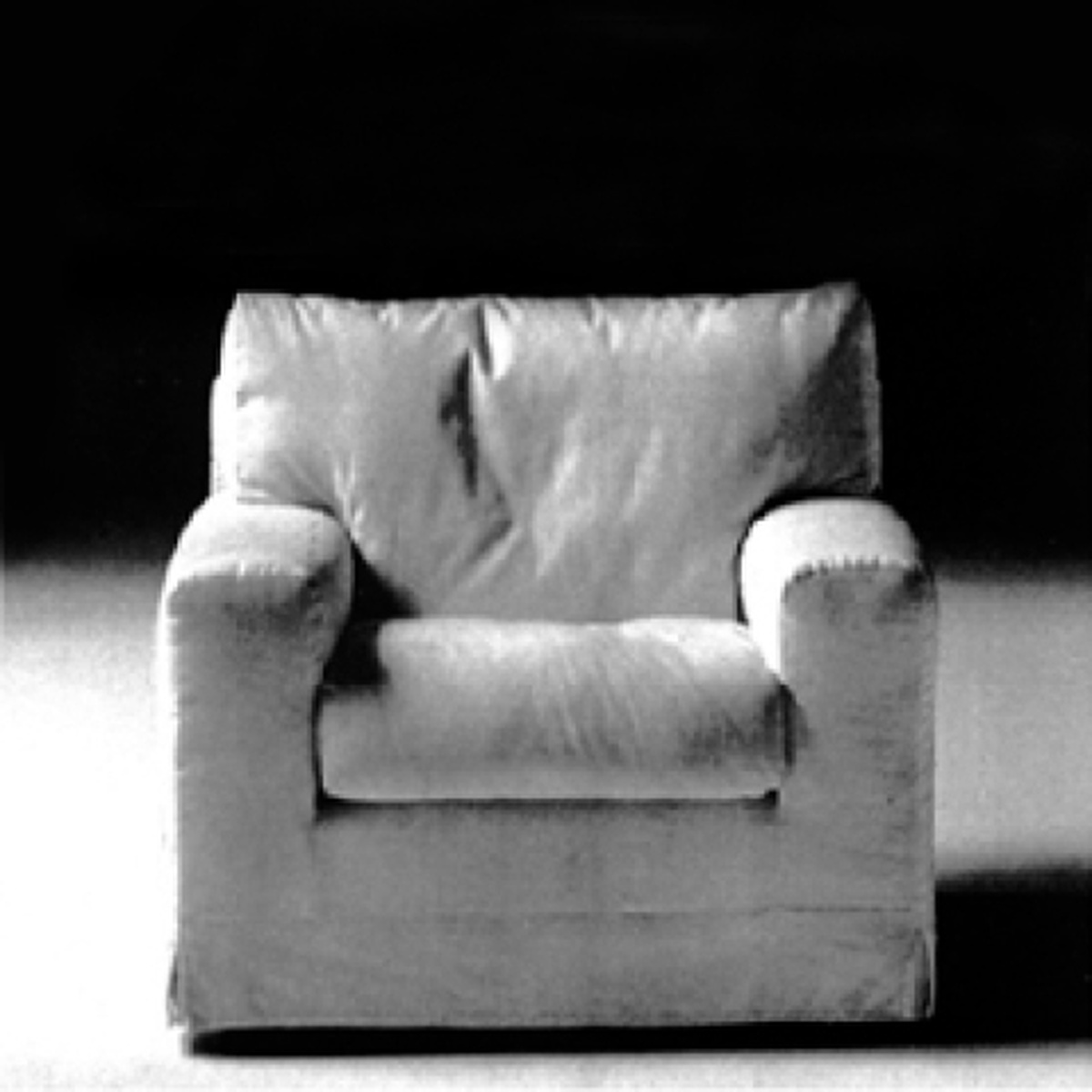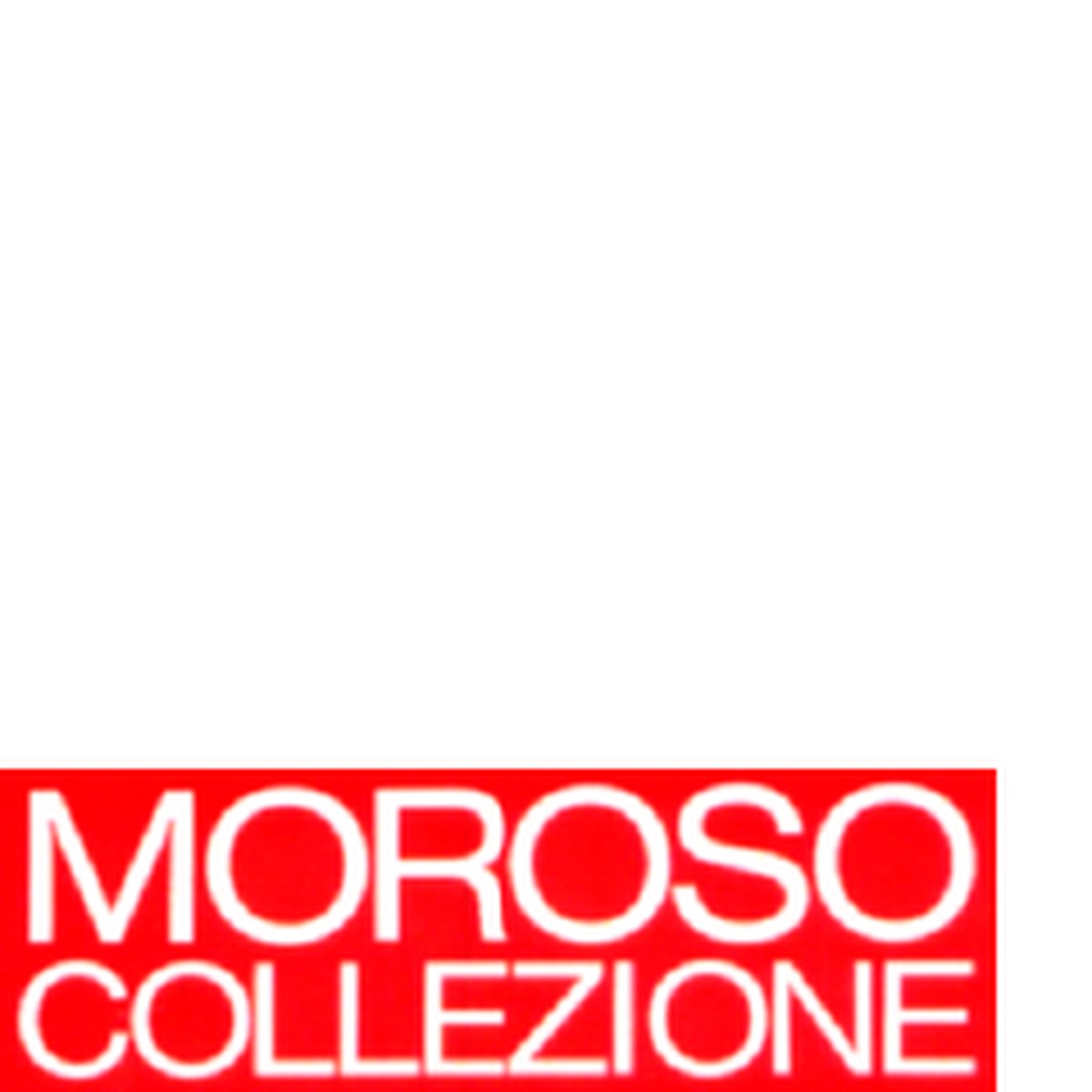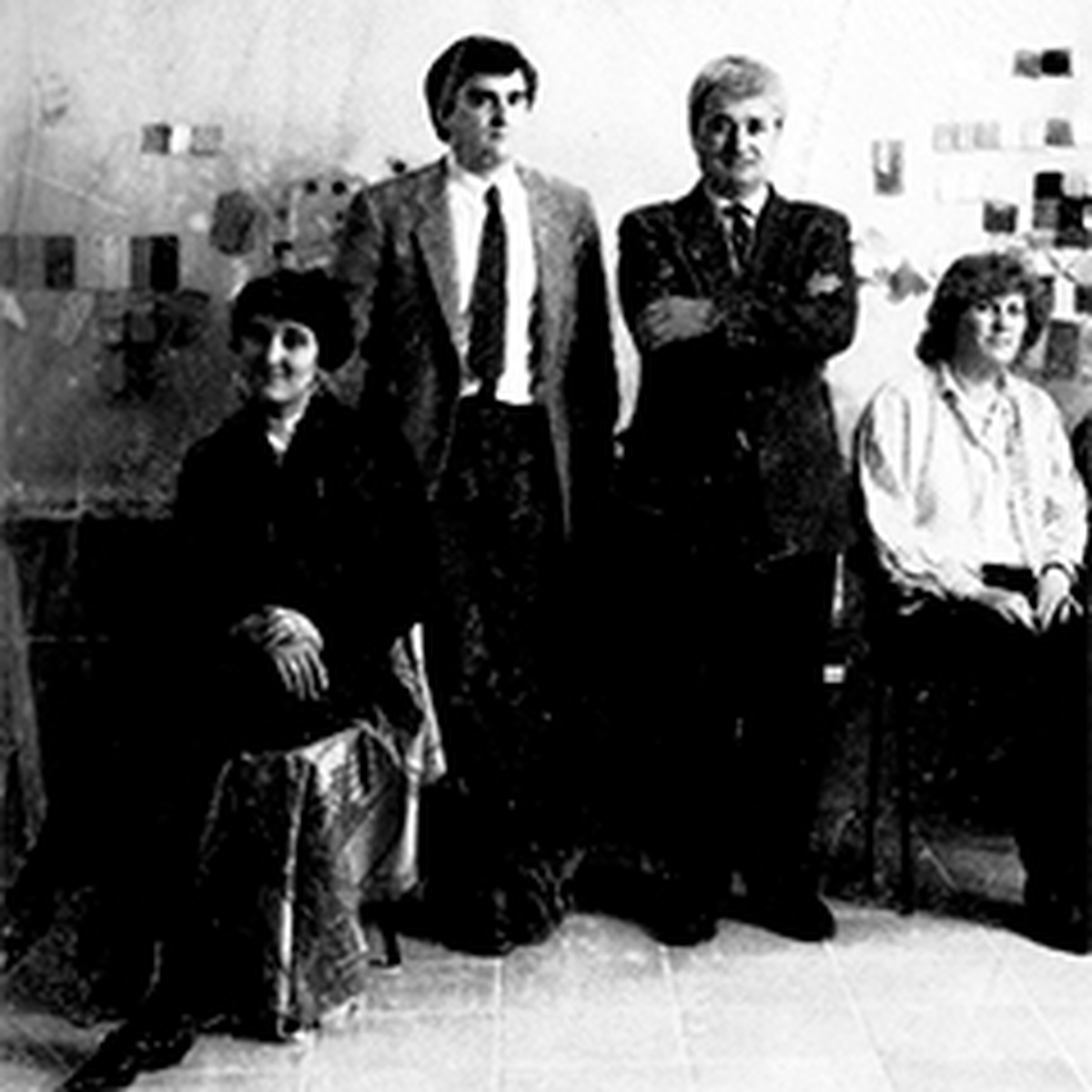Museo del Design del Friuli Venezia Giulia – Associazione di Promozione Sociale
P. IVA e CF 02863400301 – info@mudefri.it

In the early seventies, Italy, and the North East in particular, underwent a recession. Now that the economic boom had been exhausted, the market became difficult to interpret.
The need for innovation led to the creation of a new brand in 1976 by graphic designer Alessandro Conti. Whilst searching for its identity over those years, Moroso also addressed the subject of the contract sector, a monopoly in the hands of just a few companies. A group of products were created, designed amongst others by Werther Toffoloni from Friuli and the Milan-based Gianni Pareschi studio, which had been commissioned to furnish Linate Airport.
In the late seventies and early eighties there was much talk at Moroso of how to move forward and various paths were undertaken. The fleeting New Design adventure also occurred at that time, when Antonio Citterio designed a collection of sofas specifically for the youth market. They were inexpensive and characterized by playful shapes and names taken from the cartoons such as Wilma, Fred, Asso… Small in size, constructed simply of cushions cut from polyeurethane and covered with Dacron, often convertible, they featured simple quilted upholstery. Unfortunately, young people did not buy modern sofas for their first home.


Back in 1974, Citterio and Nava worked on a collection of 10 products in simple shapes, upholstered strictly in white fabric. They had a wooden framework and non-deformable, differentiated density polyurethane foam padding, feather and Dacron – the thin layer of wadding that makes cushions soft. Their excellent quality-price ratio introduced Moroso into the world of the contract business and architects. They were called America, Colorado, Tamigi, Abra, Casual, Soleil, Condor, Osaka… America and Tamigi are still being manufactured today. A curious fact: in 1978 graphic designer Ferruccio Montanari was commissioned to create the graphics for the new collection drawn up by Antonio Citterio. The new spiral-bound catalogue, completely in black and white, turned out to be too radical a choice and caused a revolt amongst the Moroso agents!
Patrizia joined the company in 1982; Roberto had been collaborating with it since 1980. Their characters and interests led them to pursue different yet complementary paths in the management of the Company. Today in fact, Roberto is the Managing Director of Moroso and Patrizia is the Art Director. This photo of the Moroso family was taken by Gabriele Basilico in 1987.


The first advertising campaign supervised by Patrizia was for the Stark sofa, created anonymously by Antonio Citterio and photographed by Fulvio Ventura in the Aurisina stone quarries.